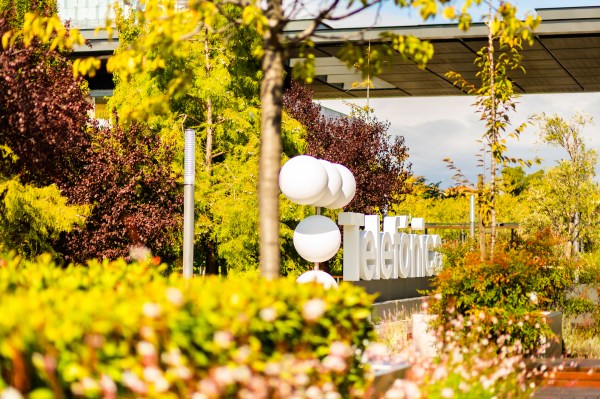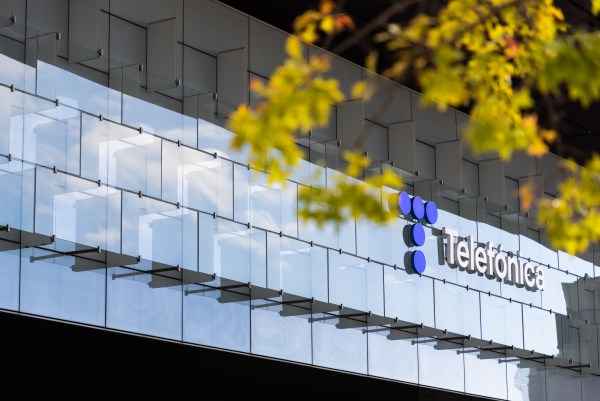Telefónica has obtained a score of 86 (out of 100) in the S&P – Dow Jones Sustainability Index (DJSI) 2021, published on 12 November, which means an increase of seven points compared to 2020, and makes it the leading telco in commitment to the planet (environmental policy and management, climate strategy, eco-efficiency and reporting) by obtaining the best score in the environmental dimension of the index, 98 points.
It is worth noting the telco’s improvement in the other two areas of analysis. In the Social dimension, it has risen by 13 points, thanks to key aspects such as the development of human capital, labour practice indicators and commitment to stakeholders. In the Economic and Governance area, it improved by five points, standing out in customer management and relations, as well as network availability and quality.
In this annual review, Telefónica remains for another year in the group of leaders of the DJSI Europe, which only includes four telecommunications operators.
The DJSI was launched in 1999 as the pioneering global sustainability benchmark index available in the market. This year’s edition, published on 12 November, saw a record 33% participation to reach 1,843 companies out of more than 5,300 companies invited to be assessed for any S&P ESG index.
Advancing sustainability
Telefónica’s commitment to sustainability has also recently been recognised by the update of its score in the Vigeo Eiris ESG rating by the Moody’s agency, and it now occupies 54th place in the world ranking, after moving up 45 places out of the almost 5,000 companies evaluated, ranking third in the sector out of a total of 37.
For Telefónica, sustainability is a cross-cutting element throughout the Group, with all its actions based on the principles of the Global Compact and the UN Sustainable Development Goals (SDGs) as a framework for evaluating and reporting on its contribution to society and the planet.
Telefónica’s ESG strategy is based on three pillars:
– (E) Building a digital and greener future: net zero by 2040 (including the value chain). To achieve this, it will continue to reduce direct and indirect emissions in the 1.5ºC scenario by 70% globally by 2025 and, as an intermediate target, will start to neutralise the remaining emissions in its main markets in the same year.
– (S) Help society thrive by enabling socio-economic progress through mobile broadband connectivity to unconnected and/or poorly connected areas in rural areas and contributing to bridging the so-called digital divide through more accessible technology and digital skills education.
– (G) Lead by example to maximise positive impact across our value chain, from our corporate governance bodies to the engagement of all employees, moving towards models that facilitate co-responsibility, flexibility and work-life balance with 33% of women in management positions by 2024 and zero gross pay gap by 2050.








